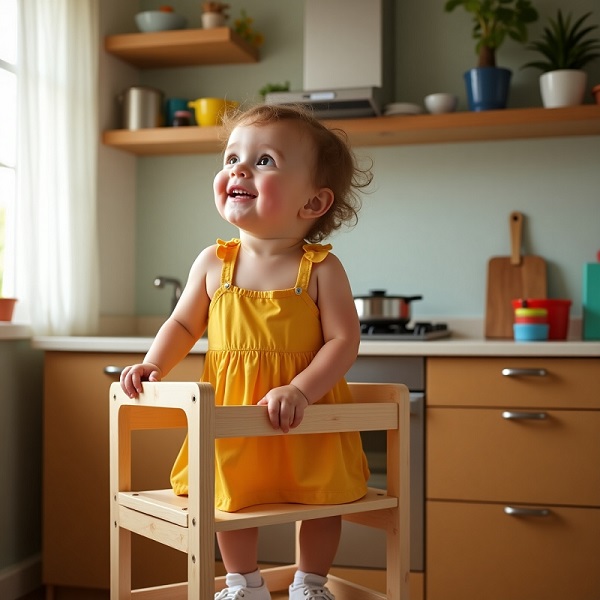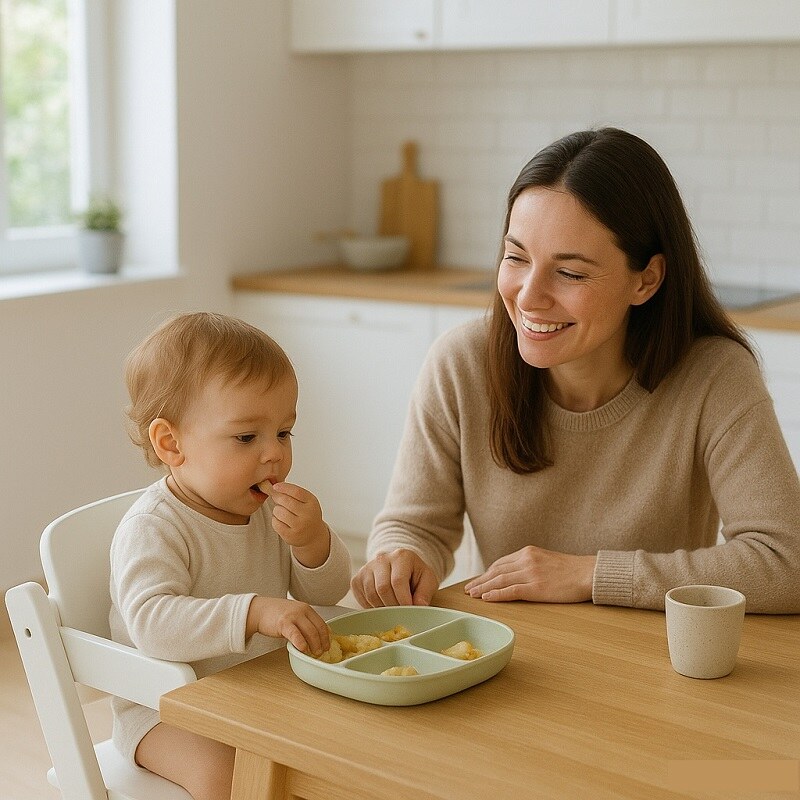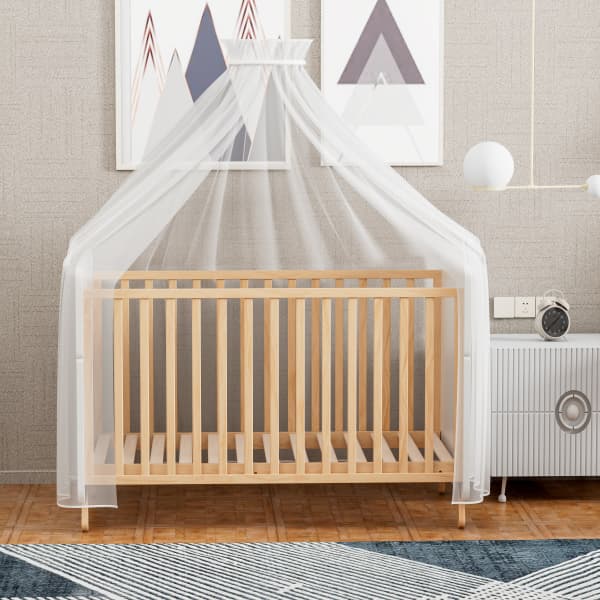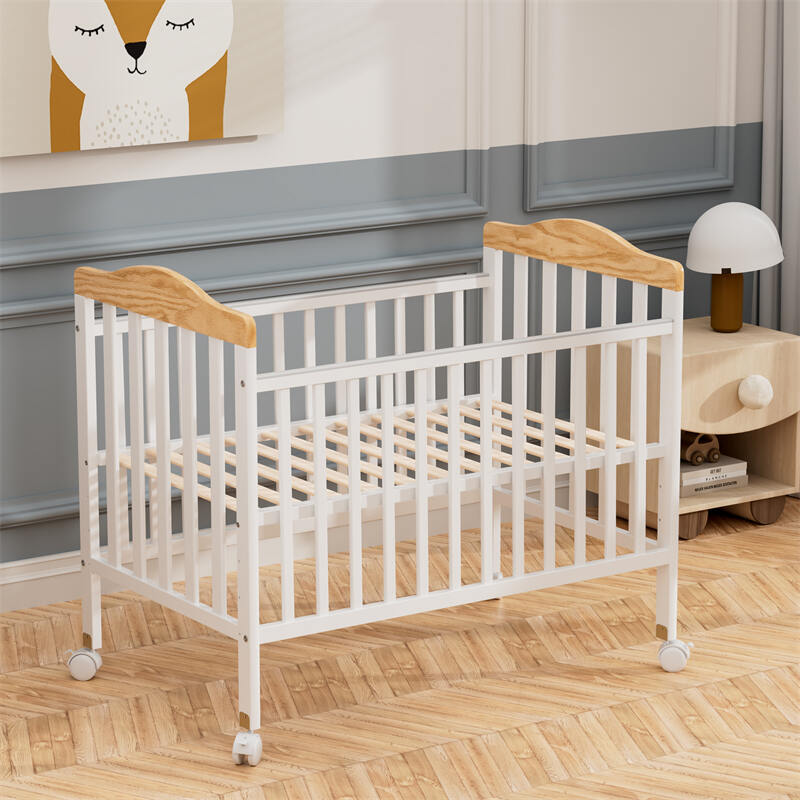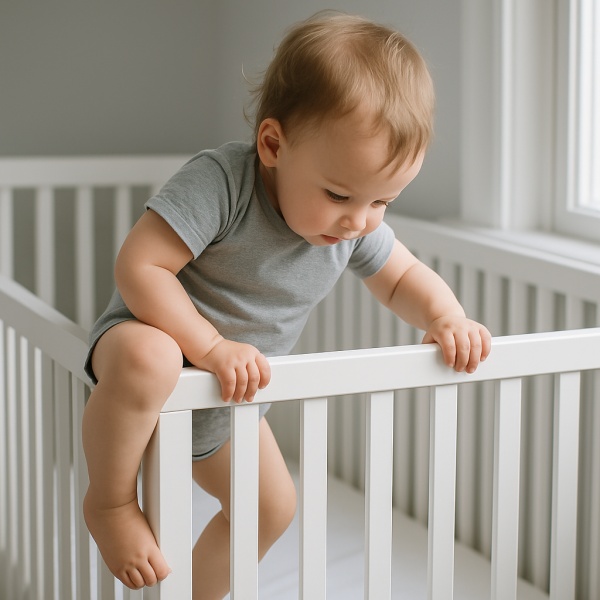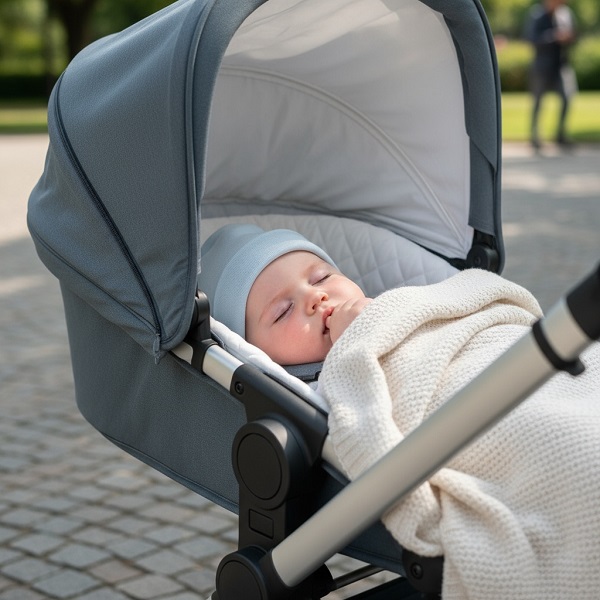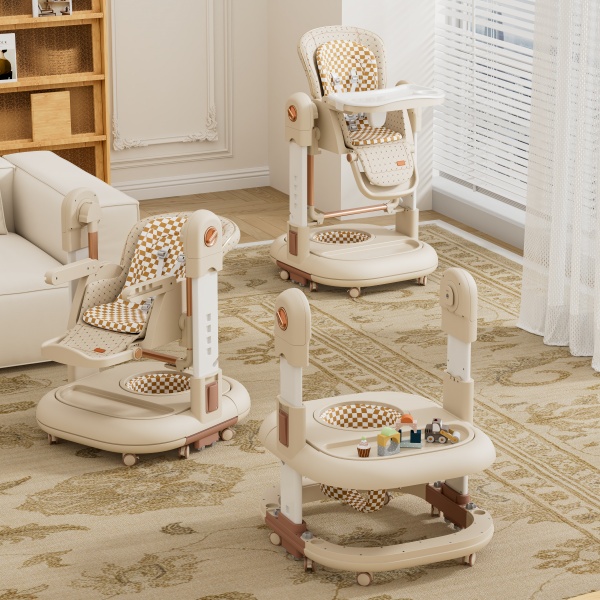When you first bring a learning tower into your home, it feels like unlocking a whole new level of interaction with your child. Suddenly, they can stand safely at counter height, watch you cook, stir pancake batter, or wash vegetables at the sink. But amid the excitement, there’s one important detail that’s easy to overlook—the weight limit.
A tower that’s overloaded, even slightly, can become wobbly, strained, or downright unsafe. And because young children grow so quickly, what feels perfectly safe today might be pushing the limits in just a few months.
In this article, we’ll explore not only what typical weight limits look like for learning towers, but also why those numbers matter, what can happen if they’re exceeded, and how to know when it’s time to transition your child to something else.
What Happens if You Exceed the Weight Limit?
Each learning tower has a designated weight capacity, and for a good reason: safety. When that limit is ignored, even by just a few pounds, you’re gambling with stability. Here’s what could go wrong:
Structural Stress and Collapse Risk
Learning towers are engineered to support a child’s weight within a safe range. Exceeding this strains joints, screws, or lightweight materials, increasing the risk of sudden failure. A wobbly tower might hold up for a while, but repeated overloading can weaken its integrity over time—like bending a paperclip back and forth until it snaps.
Tipping Hazards
Kids aren’t exactly still statues. They shift, lean, and bounce—and an overloaded tower becomes top-heavy. If the base isn’t wide enough to counterbalance their movements (or an excited sibling’s nudge), the whole unit could tip forward or sideways, leading to falls.
Reduced Grip and Stability
Many towers rely on friction or adjustable bars to keep kids secure. Extra weight can make these safety features less effective. For example, a sliding guardrail might not lock as firmly, or a plastic platform could flex under pressure, creating gaps where little feet could slip.
Real-World Consequences
While learning tower manufacturers test their products rigorously, real-life misuse—like letting two kids climb in together or adding heavy toys—bypasses those safeguards. Even a “close call” can shake a child’s confidence in using the tower, turning a fun helper into something they’re nervous to climb.
Factors That Affect a Learning Tower’s Weight Capacity
Material Matters
The construction material is the backbone of any learning tower’s strength. Solid hardwood towers typically offer the highest weight limits, thanks to their natural durability. Engineered wood or plywood models may support slightly less, while plastic towers usually have the lowest thresholds. Metal-reinforced joints can add extra stability regardless of the primary material.
Design and Engineering
Wider bases distribute weight more evenly, preventing tipping. Models with cross-braced legs or reinforced corners typically handle more weight than minimalist designs. Some towers use adjustable platforms that lower as the child grows; these may have dynamic weight limits depending on the height setting.
Quality of Construction
Two towers made of the same material can have different capacities based on craftsmanship. Dovetail joints, mortise-and-tenon construction, or thick dowels add strength compared to basic screws or staples. The thickness of shelves and side panels also plays a role—3/4″ plywood withstands more stress than 1/2″.
Safety Features
Non-slip pads on the feet aren’t just for floor protection—they increase friction to prevent sliding under heavier loads. Guardrails with secure locking mechanisms (rather than friction-fit pieces) better contain active children close to the weight limit. Some premium models include secondary safety bars or straps for added security.
Intended Use vs. Reality
Manufacturers calculate weight limits for stationary use—not accounting for jumping, leaning, or the extra force when a child pushes against the counter. A 50-lb tower might technically hold a 50-lb child, but not if they’re wiggling vigorously while “helping” knead dough.
Typical Weight Limits for Learning Towers
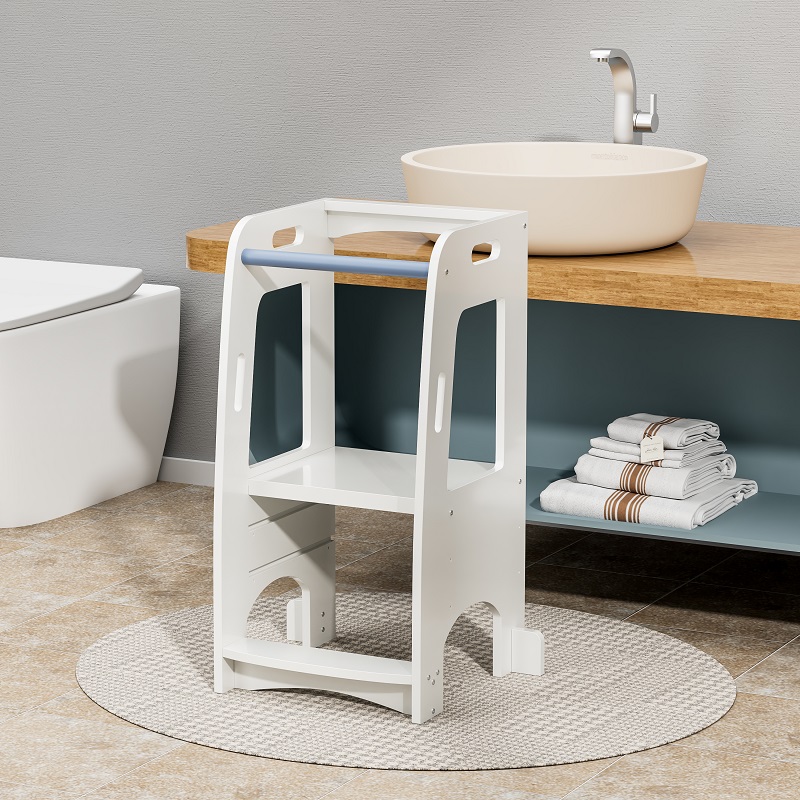
When it comes to learning towers, one of the first things parents notice is the weight limit. While there’s no universal standard across all designs, most towers fall within a predictable range that reflects both safety considerations and the typical size of toddlers and preschoolers.
For most learning towers, the safe weight capacity generally sits between 80 and 120 pounds, depending on the tower’s design, materials, and structural reinforcements. For clarity, here’s a comparison of the common types of learning towers:
| Learning Tower Type | Typical Weight Limit | Suitable Age Range | Notes on Use |
| Compact toddler tower | 80 lbs (36 kg) | 18 months – 3 years | Best for smaller spaces and younger toddlers |
| Standard wooden tower | 100 lbs (45 kg) | 2 – 5 years | Sturdy frame, adjustable platforms |
| Reinforced/adjustable tower | 120 lbs (54 kg) | 2 – 6 years | Can support older or more active children |
It’s important to remember that weight is only part of the picture. A child’s height, activity level, and how they interact with the tower all affect safety. For example, a lighter toddler who bounces, leans, or climbs can put more stress on the structure than a heavier child who stands still.
Keeping these typical weight ranges in mind, along with careful observation of your child’s behavior, will help ensure that the learning tower remains a fun, safe, and effective tool for fostering independence and engagement at counter height.
When to Stop Using the Learning Tower?
Just like outgrown onesies and toddler beds, there comes a time when the learning tower has served its purpose. Recognizing the transition point requires careful consideration of safety, physical development, and your child’s growing independence.
The most straightforward indicator comes when your child approaches the tower’s weight limit. Even if they still fit comfortably within the structure, being within a few pounds of the maximum capacity means it’s time to stop using it. Weight limits account for stable standing, not the natural wiggling and shifting children do while engaged in activities. Similarly, if you notice your child’s shoulders rising above the guardrails or their posture becoming cramped, the physical fit has clearly been outgrown.
Developmentally, learning towers serve as training wheels for standing safely at counter height. When your child demonstrates consistent balance on a regular step stool, understands kitchen hazards, and can stand steadily for extended periods, they’re signaling readiness to graduate. This transition typically happens between the ages of 4 to 6, though every child develops at their own pace.
Behavioral cues also provide important clues. The learning tower becomes a safety concern when children start treating it as playground equipment—jumping inside, rocking back and forth, or attempting to climb the sides. These actions dramatically increase tipping risks and indicate the tower is no longer serving its intended purpose as a stable platform.
When making the switch, consider starting with a sturdy, non-slip step stool that has handrails for added security. Initial supervision ensures your child adjusts comfortably to their new perch. The retired learning tower might find new life as a plant stand, bookshelf, or could be passed along to another family beginning their kitchen adventure.
Conclusion
As we’ve explored, choosing and using a learning tower goes far beyond simply picking the cutest design. That weight limit stamped on the box represents careful engineering calculations, safety considerations, and an understanding of how children interact with their environment. From the sturdy hardwood towers accommodating growing preschoolers to the basic models perfect for first-time kitchen helpers, each serves an important role in your child’s development.
The true value of a learning tower lies in how it builds confidence alongside those cookies you bake together. When used properly and retired at the right time, it transforms everyday tasks into opportunities for growth. Remember that the best safety feature isn’t just the weight capacity or non-slip feet—it’s your watchful presence and good judgment.
Recommended Related Articles:

